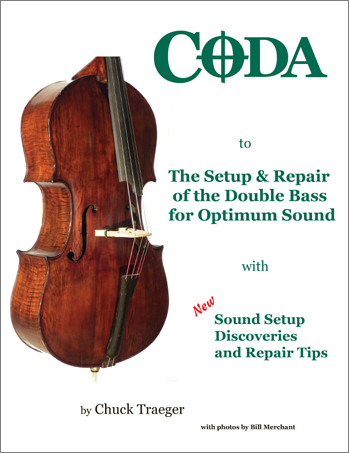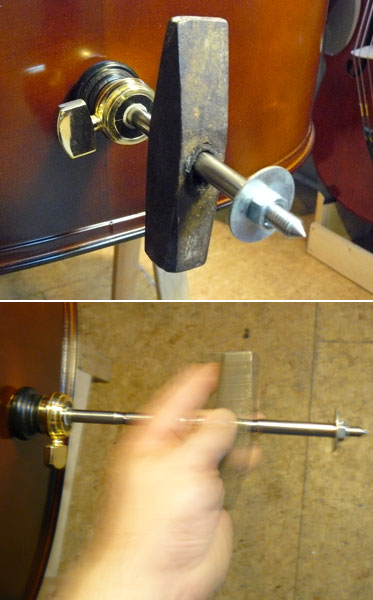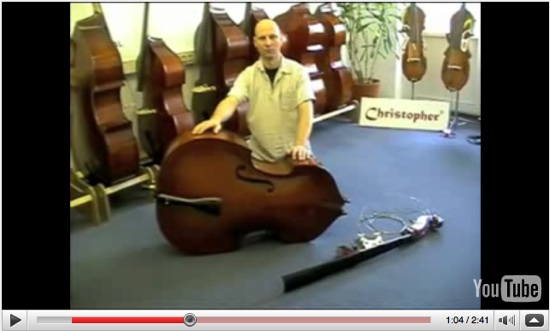After 15 years and 1200 basses, Steve Azola announces “with great sadness that the doors of Azola Basses are closed”.
Steve Azola started bass making as the maker of a modern version of the Ampeg Baby Bass: “About sixteen years ago, Steve mentioned to his wife, Jill, that if he ever came across a vintage Ampeg Baby Bass, he’d sell one of his motorcycles to make it his. He’d seen one in a store window as a kid, and just thought it was too cool. Sure enough, he got his hands on a black five-string (and yes, there was a motorcycle involved). Once he’d had the Baby a while, and he started to really talk to people about it, he decided that there just might be some demand for a modern version of the classic Baby Bass. He thought the proper thing to do first was to obtain Ampeg’s authorization. After that was done, he worked out his design concept, built a prototype and took it to a NAMM show – to the delight of many bassists who also remembered the vintage Ampeg. And so the Azola Baby Bass was born.”




 Chuck Treager, bass luthier and author, has published a new book: Coda to “Setup and Repair of the Double bass” – New Sound Setup Discoveries & Repair Tips.
Chuck Treager, bass luthier and author, has published a new book: Coda to “Setup and Repair of the Double bass” – New Sound Setup Discoveries & Repair Tips.
